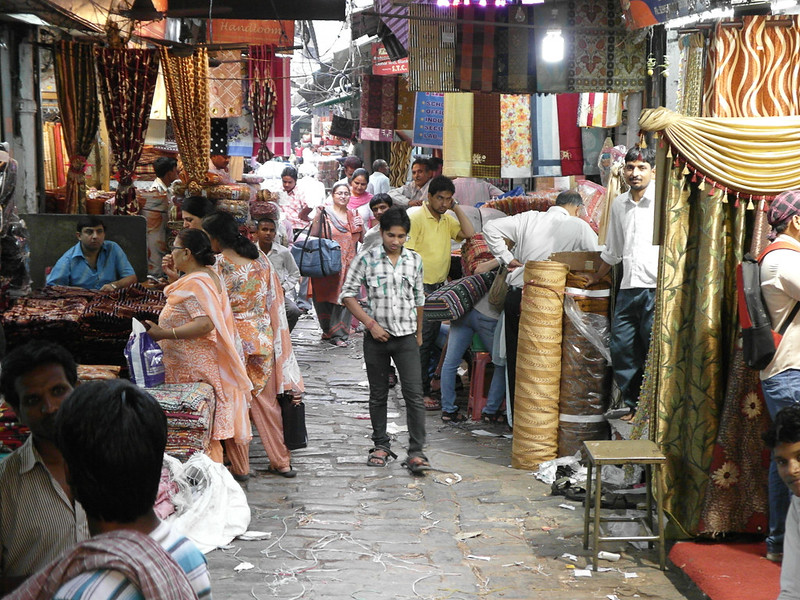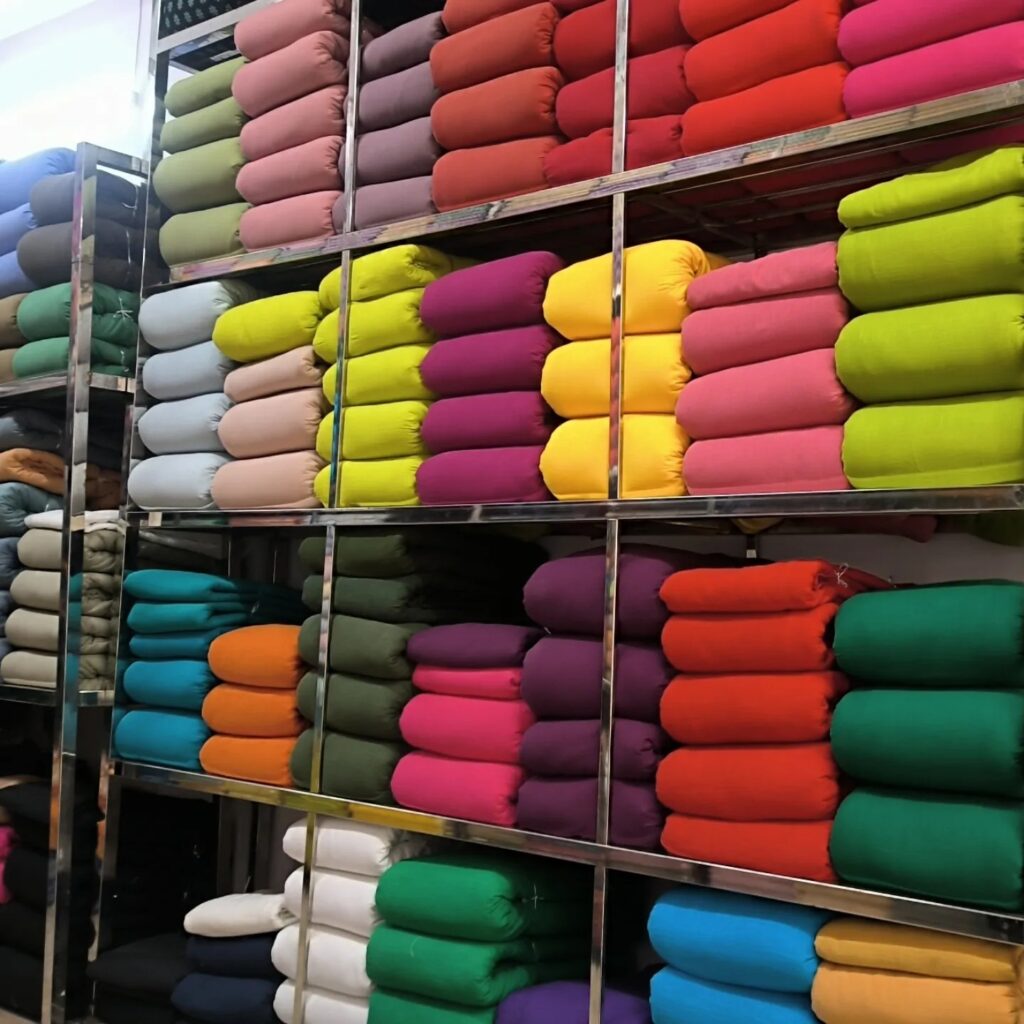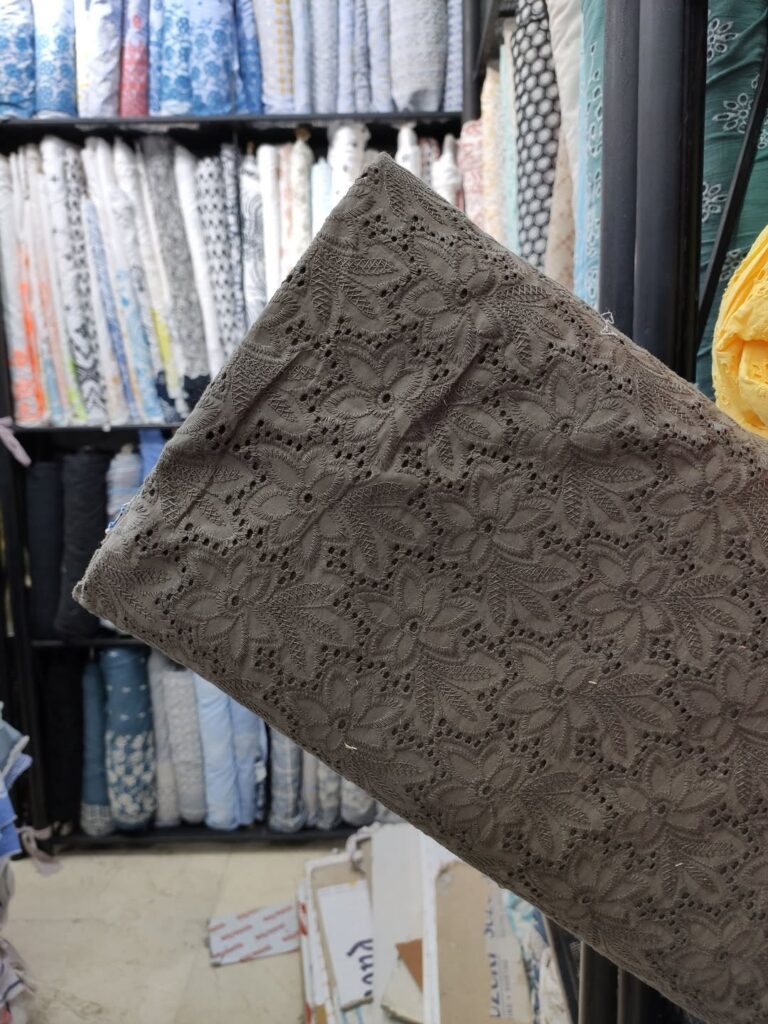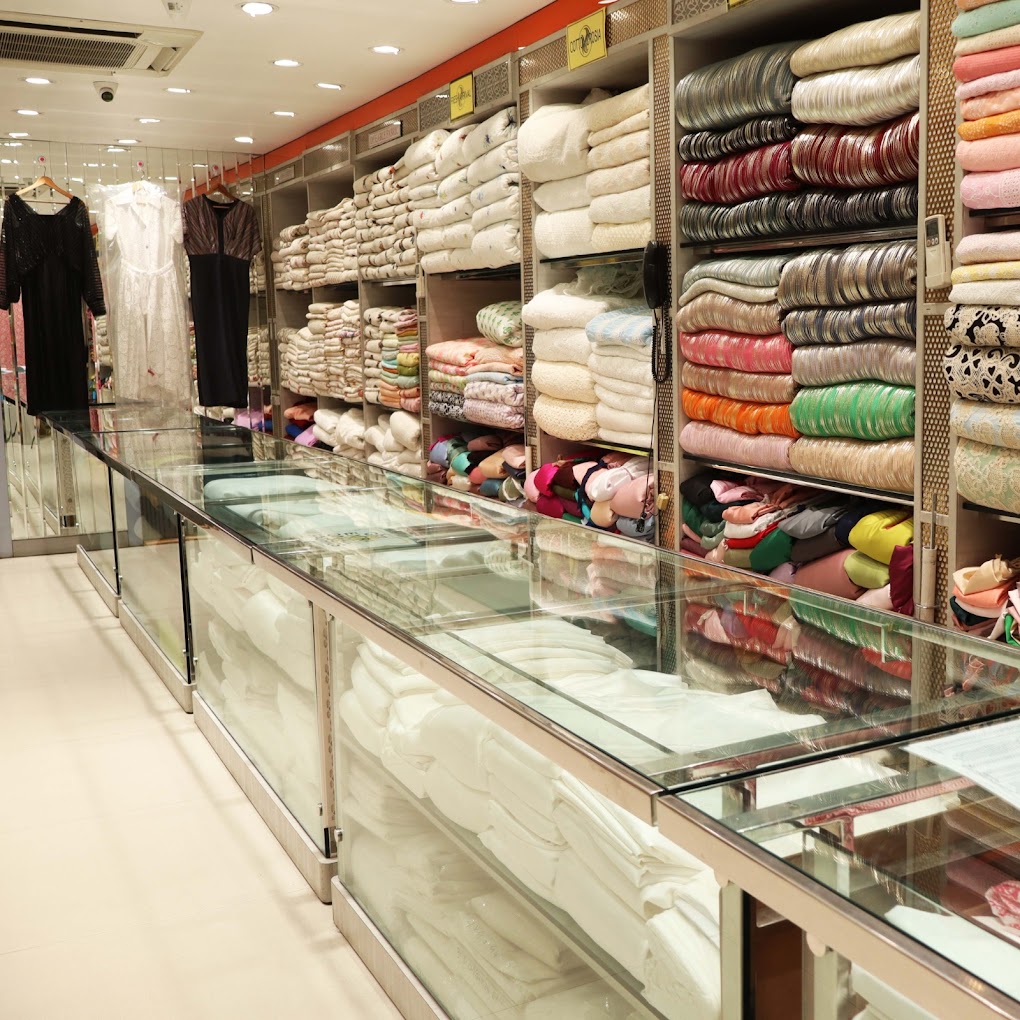The use of AI and machine learning in fashion design and production
The fashion industry is undergoing a dramatic transformation, driven by the rapid advancements of Artificial Intelligence (AI) and Machine Learning (ML). These technologies are no longer confined to the realm of science fiction; they are now integral to every stage of the fashion lifecycle, from design and production to marketing and customer experience.
Design Innovation
AI-powered Design Tools: Designers are leveraging AI tools to generate unique and innovative designs. These tools can analyze massive datasets of past trends, competitor designs, and consumer preferences to predict future trends and create personalized designs.
Predictive Design: AI algorithms can predict consumer demand, allowing brands to anticipate trends and adjust their production accordingly. This minimizes the risk of overproduction and reduces waste.
3D Garment Simulation: AI-powered 3D tools create virtual samples, reducing the need for physical prototypes.
Production Efficiency
Automated Production: AI and ML are automating various aspects of the production process, such as pattern cutting, fabric cutting, and sewing. This not only increases efficiency but also improves accuracy and reduces labor costs.
Supply Chain Optimization: AI-powered systems can optimize the entire supply chain, from sourcing raw materials to delivering finished products. This ensures timely delivery, reduces transportation costs, and minimizes disruptions.
Enhanced Customer Experience
Personalized Recommendations: AI algorithms can analyze customer data, such as purchase history, browsing behavior, and social media activity, to provide personalized product recommendations. This enhances the customer experience and increases customer engagement.
Virtual Try-on Experiences: AI-powered virtual try-on experiences allow customers to visualize how clothes will look on them without physically trying them on. This improves the online shopping experience and reduces the likelihood of returns.
Sustainability and Ethical Considerations
Reducing Waste: AI can help minimize waste in the fashion industry by optimizing production, predicting demand, and identifying areas for improvement in the supply chain.
Ethical Sourcing: AI can be used to track the origin of materials and ensure ethical and sustainable sourcing practices.
Personalization & Customization
Virtual Try-ons: AI-powered fitting rooms allow customers to see how garments will look and fit before purchasing.
AI-based Custom Fit: AI-driven pattern-making software enables made-to-measure production at scale.
Conclusion
AI and ML are revolutionizing the fashion industry in unprecedented ways. By embracing these technologies, fashion brands can enhance their creativity, improve efficiency, and deliver a more personalized and sustainable customer experience. While challenges remain, such as data privacy and the ethical implications of AI, the future of fashion is undoubtedly intertwined with these powerful technologies.




